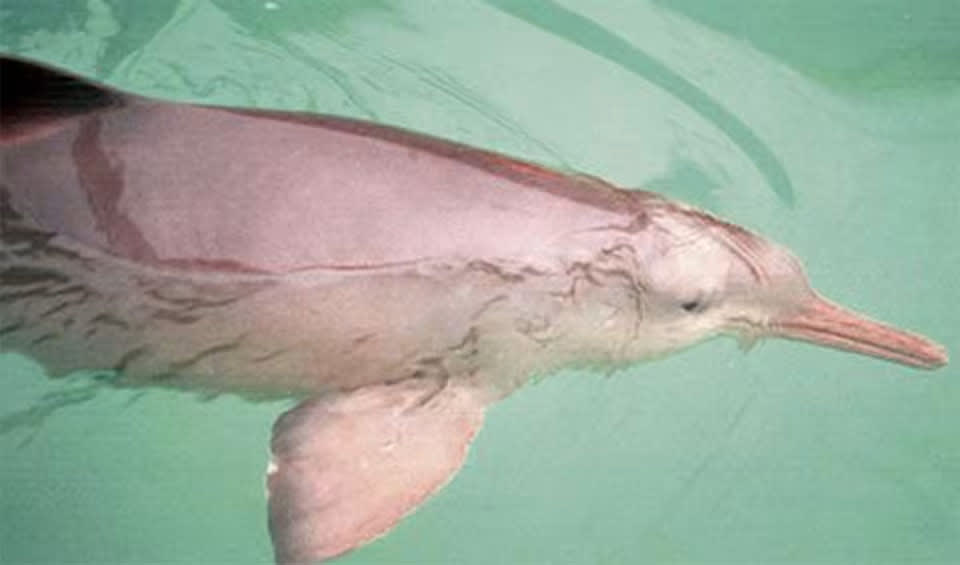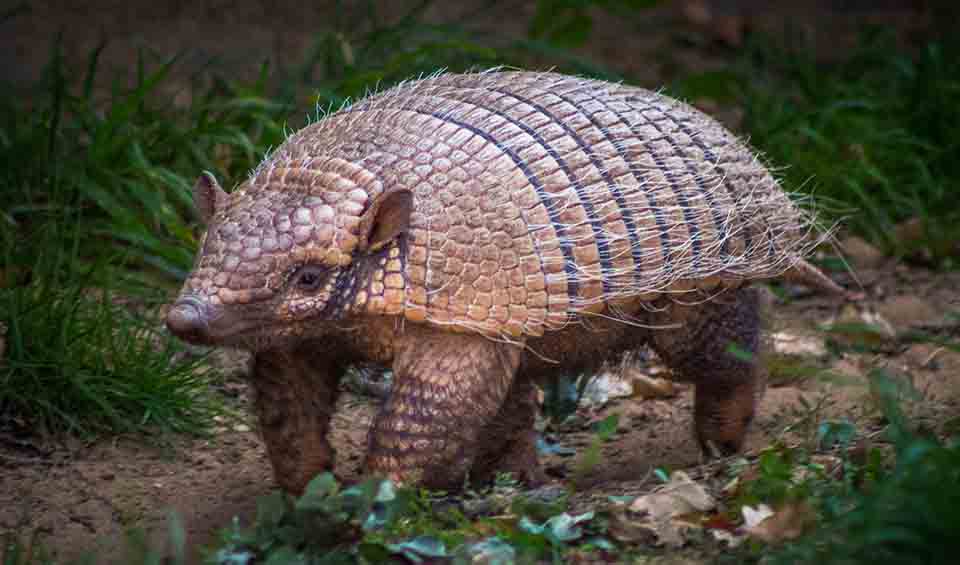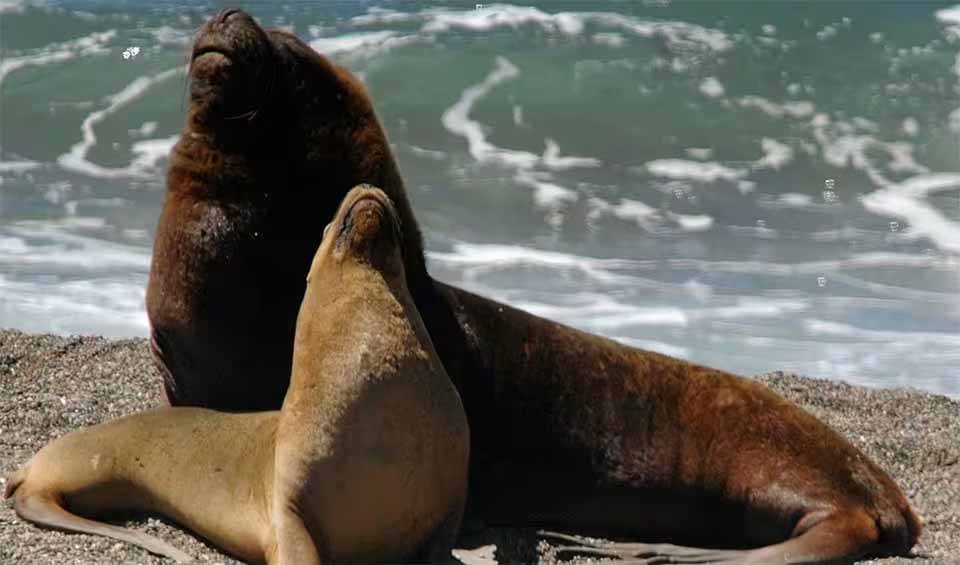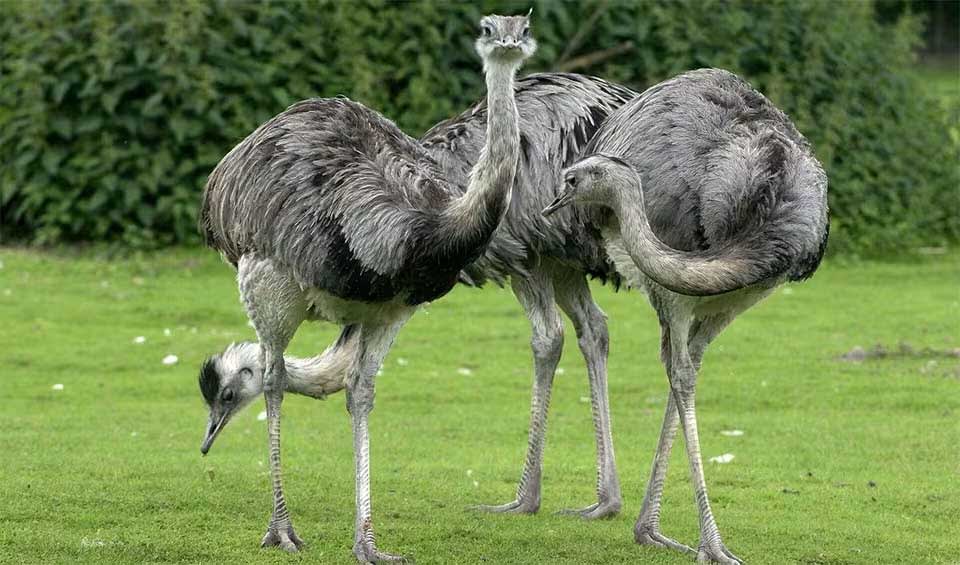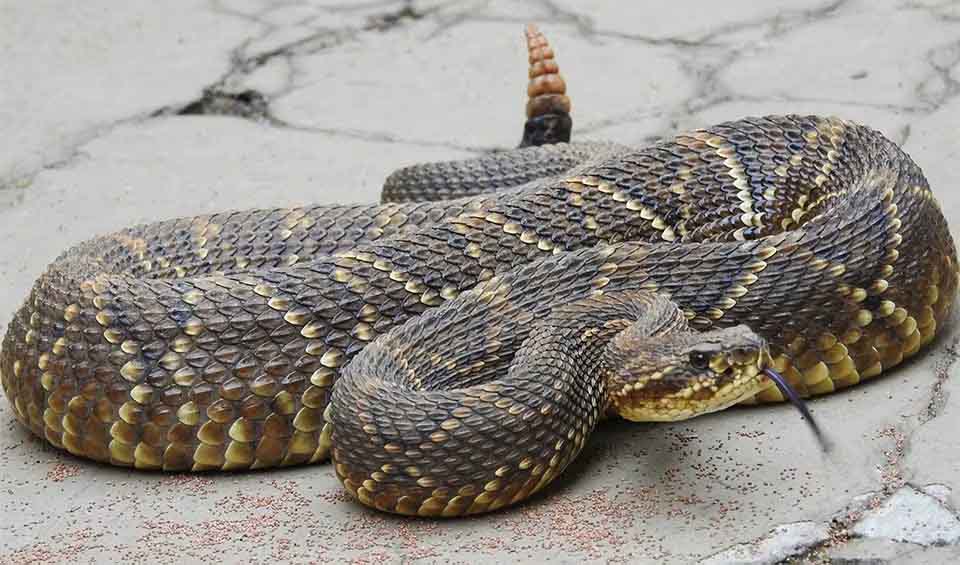Uruguay is endowed with a diverse array of ecosystems, including grasslands, native forests, wetlands, and coastal regions, which collectively nurture a broad spectrum of plant and animal species, affirming its status as a biodiversity hotspot. The country is designated with 22 Important Bird Areas (IBAs), which are pivotal for bird conservation, offering essential habitats for both migratory and resident birds and enhancing Uruguay’s avian diversity.
Stretching from the Rio de la Plata in the west to the Atlantic Ocean in the east, Uruguay’s southern coastline is dotted with coastal lagoons and wetlands. These areas are rich in aquatic plants, fish, birds, and other wildlife, making them critical biodiversity centers. These wetland ecosystems are crucial for feeding and breeding migratory birds and providing refuge and nesting spaces for various species.
Four pillars elaborated:
Uruguay features a robust National System of Protected Areas that includes a variety of ecosystems such as wetlands, grasslands, forests, and marine environments. These protected regions are crucial for conserving biodiversity, delivering vital ecosystem services, and supporting sustainable development. As of 2021, Uruguay has established 214 protected areas, which span over 1.7 million hectares (4.2 million acres), accounting for 8.3% of the country’s total land area. This network comprises national parks, nature reserves, wildlife refuges, and protected landscapes. Land Management
Land Management
Additionally, 16% of Uruguay’s territorial waters are designated as marine protected areas. Uruguay’s dedication to environmental conservation is also evident in its participation in international conventions, including the Ramsar Convention on Wetlands and the Convention on Biological Diversity. The country has identified two Ramsar sites and is actively seeking to enlarge its protected area network.
The analysis identifies a clear link between development strategies and a lack of environmental planning at the territorial level, with future projections indicating that increased production could detrimentally impact biodiversity. Key pressures stem from energy and mining operations, urban and coastal tourism development, the spread of invasive species, the expansion of transportation and service corridors, forestation, pollution, and climate change. Specifically, grasslands are heavily impacted by intensified land use, especially from soybean cultivation, while wetlands suffer from habitat degradation. Threats to Biodiversity
Threats to Biodiversity
The marine and coastal areas are periodically threatened by overfishing. Additionally, a scenario analysis on livestock trends suggests that escalated livestock production might lead to permanent overgrazing, resulting in the genetic erosion of plant resources, soil erosion, and water pollution.
Uruguay has made significant strides in environmental legislation and conservation over recent years. In 2013, the country enacted the Law on Responsible Fisheries and Promotion of Aquaculture alongside the Law on Mining (Ley de Minería de Gran Porte). The Law on Land Management and Sustainable Development, established in 2008, has facilitated the creation of 9 guideline documents for administrative divisions, with another 10 in preparation. Efforts to protect natural areas have been formalized through the establishment of the National System of Protected Natural Areas in 2000, regulated by an Executive Decree in 2005, covering 1.24% of continental and 0.68% of marine territories. Capacity and Governance
Capacity and Governance
Additionally, a GEF-funded project is enhancing this system by applying a landscape management approach to maintain ecosystem connectivity. Uruguay’s commitment to marine conservation is highlighted by designating 16% of its protected areas to marine environments and the Rio de la Plata, along with declaring its territorial waters as a sanctuary for whales and dolphins. The country has also adopted strategic plans for protected areas, updated its conservation priority lists, and integrated biodiversity into sectoral plans, illustrating a comprehensive approach to preserving its rich biodiversity.
Uruguay is actively working to enhance its biodiversity conservation efforts, particularly through expanding its network of protected areas and promoting sustainable land management practices. The nation aims to boost the extent of its protected areas from the current 13% to 20% by 2030. A key focus is the conservation of Uruguay’s valuable natural grasslands, which are essential for various species and the livelihoods of numerous rural communities. The government has launched initiatives to promote sustainable grazing and rehabilitate degraded grasslands. Future Trends
Future Trends
Additionally, Uruguay is involving its citizens in the biodiversity conservation planning process, emphasizing the critical role of public participation in achieving these conservation objectives. This approach ensures that diverse stakeholder perspectives are considered in the decision-making process to preserve the country’s natural heritage.
Biodiversity
Uruguay, known for its rich biodiversity, hosts several iconic species that symbolize its natural heritage. Prominent among these is the capybara, the world’s largest rodent, which is commonly found in the country’s wetlands and rivers, feeding on aquatic vegetation.The maned wolf, notable for its elongated legs and distinctive mane, inhabits Uruguay’s grasslands and scrub forests, contributing to the diversity of the country’s wildlife. Bird watchers in Uruguay can delight in observing the southern lapwing, easily recognized by its bold black and white feathers, and the spotted nothura, a ground-dwelling bird well-camouflaged by its mottled plumage.
In the table below are the number of known species in several main groups, how many of these species are Threatened with extinction, and how many of them are Endemic (unique to Uruguay only):
| Species (World rank) |
Threatened | % Threatened | Endemic | % Endemic | |
|---|---|---|---|---|---|
| Mammals | 128 (#90) | 10 | 7.8% | 3 | 2.3% |
| Birds | 408 (#84) | 22 | 5.4% | 1 | 0.2% |
| Reptiles | 80 (#102) | 5 | 6.3% | 1 | 1.3% |
| Amphibians | 51 (#58) | 5 | 9.8% | 2 | 3.9% |
| Fishes | 723 (#81) | 83 | 11.5% | 3 | 0.4% |
| Plants | 2,837 (#128) | 22 | 0.8% | 14 | 0.5% |
mammals
La Plata dolphin
The smallest of the river dolphins and the only one that swims in saltwater oceans
Six-banded armadillo
Able to swim and will shallow air just before entering the water to assist with buoyancy
South American sea lion
Unfortunately, they are commonly killed for their habits of damaging fishing nets and stealing fish from fishing and farming operations
birds
Greater rhea
The largest native living bird of America
Snowy sheathbill
Try playing hide and seek with this bird in snowy lands
King penguin
With their stately waddle and regal demeanor, they are the undisputed monarchs of the Antarctic ice
reptiles
South American rattlesnake
Both feared and respected, often appearing in traditional stories and as a symbol of danger and power
Loggerhead sea turtle
One of the largest and strongest sea turtles in the world
Yacare caiman
Jacare caiman, raguayan caiman, piranha caiman, red caiman, southern spectacled caiman! It has no shortage of nicknames
National Animals
Southern lapwing
Fearless defenders of their nests and chicks, often taking on much larger animals or humans if they perceive a threat
